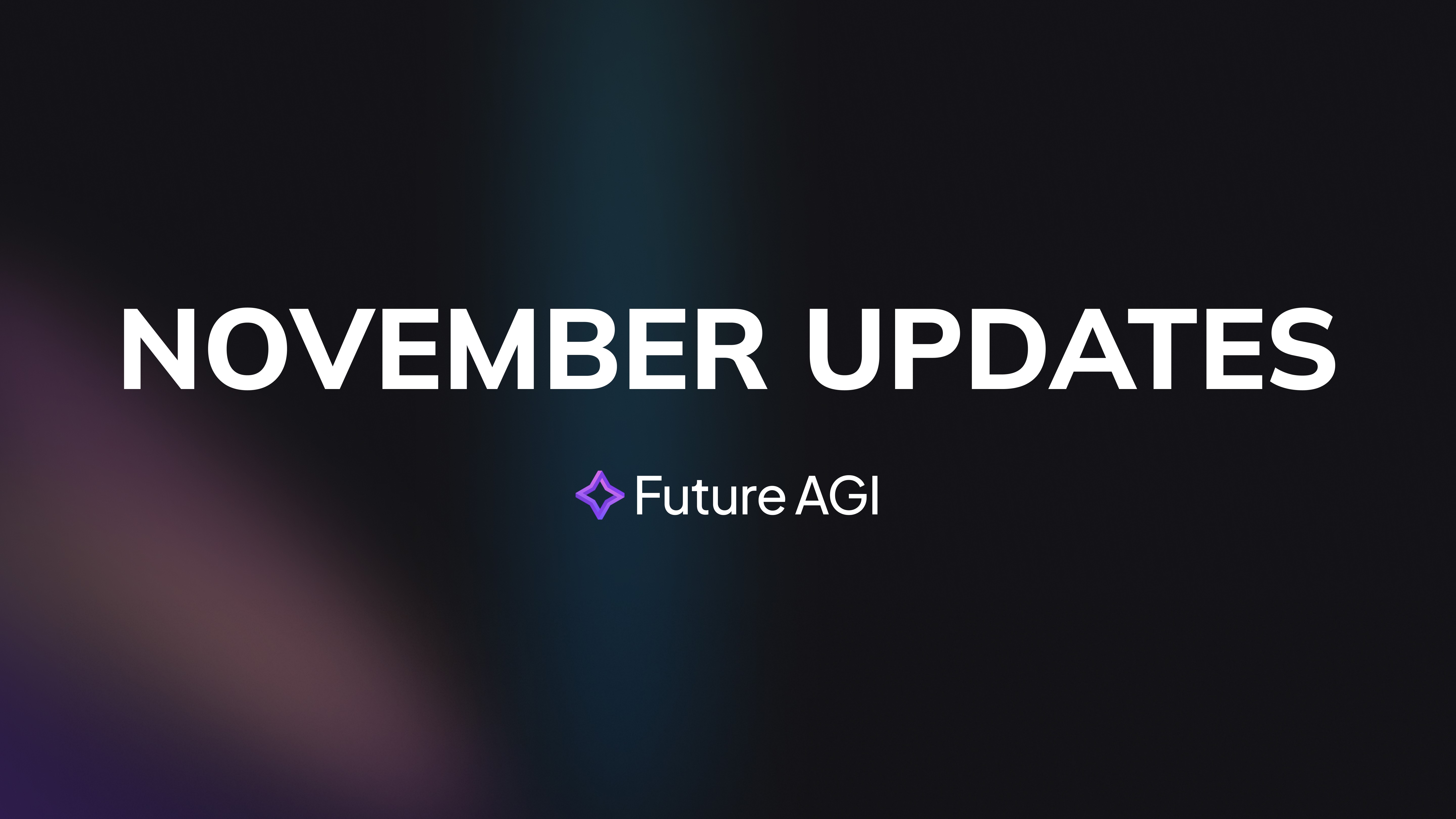Introduction
As AI keeps getting smarter, we need tools that can keep up with the pace of change. One of the most popular tools is ChatGPT which needs input also known as prompt to give the correct output. To get the desired output, we provide a perfect prompt and to get a perfect prompt we need prompt tuning.
So, what is prompt tuning? It refers to the method of fine-tuning the input instructions given to pre-trained AI models to enhance their performance for particular tasks. Unlike the comprehensive fine-tuning of models, this technique demands fewer resources and provides a more scalable option. This transition from conventional model training to real-time AI prompts and context-sensitive interactions has changed the way developers tackle AI optimization. By utilizing prompt tuning, businesses and developers can achieve improved results while reducing computational time and expenses. This article delves into the concept, significance, and applications of prompt tuning, highlighting its role in shaping the future of AI systems.
What is Prompt Tuning?
At its core, what is prompt tuning? It refers to the process of adjusting the input prompts (text or instructions) provided to a pre-trained AI model to improve its performance on specific tasks. Rather than changing the model’s weights or architecture, prompt tuning emphasizes refining how the AI understands and reacts to the input it receives.

Image source
The diagram compares the traditional approach of model tuning with prompt tuning. Notice that in model tuning, each task requires a separate model. On the other hand, prompt tuning utilizes the same foundational model across multiple tasks by adjusting task-specific prompts.
Types of Prompt Tuning
Manual Prompt Engineering: This approach entails creating prompts by hand, drawing on domain knowledge and the desired results. It relies on human expertise to effectively customize instructions.
Learning-Based Prompt Tuning: This technique employs algorithms to enhance prompts for particular outcomes.
Soft Prompt Tuning: This more sophisticated method involves altering embeddings (the internal vector representations) to efficiently modify the model's behavior.
By concentrating on adaptive prompts and improving how AI systems understand input, prompt tuning enables developers to achieve specific results without the need for costly and time-consuming model retraining.
The Importance of Prompt Tuning in AI Models
Efficiency
Prompt tuning saves significant computational resources by eliminating the need to retrain entire AI models. This makes it a great option for applications that need real-time AI prompts and regular updates.
Scalability
With the capability to fine-tune large-scale models for specific tasks, prompt tuning offers both flexibility and scalability across various fields. For example, it can be utilized to tailor a single AI model for uses that span from customer support to technical writing.
Flexibility
AI systems frequently need to adjust swiftly to new tasks or industries. So, what is prompt tuning? It serves as a solution to these challenges, allowing for quick modifications without the need for new datasets or lengthy training periods.
In recent research it indicates that prompt tuning can achieve results similar to full model fine-tuning, but at a significantly lower cost. This approach is especially beneficial for companies aiming to maximize their resources while still producing high-quality results.
How Does Prompt Tuning Work?
Adjusting Prompt Phrasing
The simplest form of prompt tuning involves rephrasing or formatting input prompts to achieve desired results. This method is often used in applications like natural language processing (NLP).
Modifying Input Tokens
Soft prompt tuning focuses on adjusting internal tokens, which guide the AI’s understanding of input. This method improves context-aware interactions by aligning responses with user intent.
Key Techniques
Supervised Fine-Tuning: This involves training prompts on small datasets to guide how the model responds to specific queries.
Embedding-Based Optimization: Adjusting embeddings allows developers to refine how the AI processes prompt without altering its core functionality.
Gradient-Based Learning: Using backpropagation, this technique iteratively improves prompts to achieve better task-specific performance.
With these methods, prompt tuning enhances AI personalization, ensuring that models adapt seamlessly to varied requirements.
Prompt Tuning vs. Model Fine-Tuning- Comparison

Benefits of Prompt Tuning for AI Development
Prompt tuning has revolutionized how developers optimize AI systems. Key benefits include:
Precision: Fine-tuning prompts enables developers to achieve more accurate and contextually relevant outputs.
Cost-Efficiency: Reduces the need for large-scale datasets or high-performance computational resources.
Rapid Experimentation: Facilitates quick prototyping and testing, allowing for iterative improvements.
Use Case Adaptability: AI systems can be tailored to niche applications, such as legal research or medical diagnostics, without creating new models.
By focusing on real-time AI prompts and adaptive design, developers can build smarter, more responsive AI systems.
Practical Examples of Prompt Tuning
Text Generation
Prompt tuning is widely used to refine AI-generated text for specific industries, such as healthcare, finance, and marketing. For example, OpenAI partners with companies like Duolingo to create educational chatbots that generate text tailored to language learning scenarios.
Question Answering Systems
By tuning prompts, developers can enhance AI systems to provide domain-specific answers with greater accuracy. For instance, IBM Watson uses prompt-tuned models to power healthcare diagnostic systems, helping doctors get precise and evidence-backed answers.
Code Generation
AI models like GPT-4 can be fine-tuned with optimized prompts to generate programming code tailored to particular languages or frameworks. For example, GitHub Copilot, developed by GitHub in collaboration with OpenAI, provides context-aware code suggestions in languages like Python and JavaScript.
Customer Service Chatbots
With context-aware interactions, prompt tuning ensures that chatbots deliver personalized and adaptive responses, enhancing user satisfaction. For instance, Zendesk integrates AI models with prompt tuning to help businesses automate customer service, offering relevant responses based on historical interactions.
Challenges and Limitations of Prompt Tuning
Narrowly tuned prompts can excel in specific tasks but may struggle when applied to a wider range of applications.
Data Bias
As with any AI optimization technique, prompt tuning can inherit biases from the training data or prompts themselves.
Optimization Complexity
Finding the ideal prompt often involves extensive experimentation, particularly for complex models like GPT-4.
Lack of Interpretability
The adjustments made during prompt tuning may not always be transparent, complicating efforts to understand or replicate results.
Despite these challenges, prompt tuning remains an essential tool for improving AI performance across industries.
Future of Prompt Tuning in AI
Continuous Evolution
Prompt tuning is going to play a much larger role in the development of more complex AI systems such as GPT-4. In the near future, prompts are going to get smarter and adaptive, so they don't require so much human tweaking. This would mean that AI systems are able to pick up new tasks faster in real-time, therefore making faster and more effective development with fewer resources invested. All these works on smart, quicker, and flexible tools.
Integration with Advanced Techniques
The future of prompt tuning lies in combining it with cutting-edge methods like reinforcement learning. Imagine prompts that learn and improve from feedback or seamlessly integrate with systems handling text, images, and audio together. This kind of innovation could lead to AI that’s not just personalized but deeply intuitive, adapting to users in ways we’ve only begun to explore.
Community Research
Researchers are working hard to perfect prompt tuning, particularly in automating it and minimizing bias. Such efforts will ensure AI systems can handle specific tasks—be it diagnostically capable of identifying diseases or assisting in legal work—and are ethical, scalable, and adaptable across industries.
Conclusion
So, from now on when someone asks you what is prompt tuning? You can answer that it is an approach to refine input prompts for task-specific AI optimization and output. By enabling real-time AI prompts, adaptive prompts, and context-aware interactions, prompt tuning offers an efficient alternative to traditional model fine-tuning. As industries continue to demand smarter, more personalized AI solutions, prompt tuning will remain a cornerstone of AI development, delivering scalability, cost-efficiency, and precision. As the field continues to grow, Future AGI remains committed to pushing the boundaries of prompt-based AI and helping developers unlock new potentials in AI systems.












